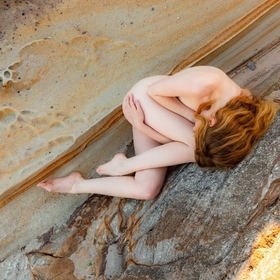

stephenwong
FollowModel: Aim Stage
Model: Aim Stage
Read less
Read less
Views
3789
Likes
Awards
Top Shot Award 22
Contest Finalist in Creative Moments Photo Contest
Honorable Mention in Capture Layers Photo Contest
Peer Award
Outstanding Creativity
Absolute Masterpiece
Superb Composition
Top Choice
Superior Skill
Magnificent Capture
Virtuoso
All Star
Genius
Top Ranks
Categories
Same photographer See allBehind The Lens
Discover more photos See all
Behind The Lens
Location
I made this photo at my friend’s studio, Mullens Street Studio, in Sydney, Australia. While I prefer shooting on location, I enjoy the challenges of a studio shoot.Time
I shot this ten days before Christmas 2020 at 2:10 pm using artificial lights, so the time of day doesn’t make any difference. Here in Sydney, we’ve been lucky with the COVID19 pandemic. Despite restrictions, we’ve been able to resume many activities provided we observe social distancing. Shooting in the studio was permitted.Lighting
I positioned two gridded 30cm x 160cm softboxes mounted on Godox QS400 studio strobes at each side of the model. I like side lighting as it creates shadows, highlighting a subject’s shape, accentuates form and texture and adds drama. In the studio, I lock my camera settings to one-stop below the flash sync speed (1/160 sec for Canon), fix the aperture at f/8 (for good depth of field. I don’t need the bokeh effect in the studio), and ISO 100 (for best image quality). I build my lighting scenarios step-by-step, adding one light source at a time. To achieve the desired lighting ratios, I adjust the power settings on the strobes. Changing the lighting outputs and the camera settings at the same time adds unnecessary complication.Equipment
I captured this image with a Canon 5D Mark III DSLR and a Canon EF100mm f/2.8 Macro USM lens. I needed the macro lens to get close to the 10 cm glass ball. My first attempts were uninspiring, so I tried using a mirror, but the reflection wasn’t clean because of the double reflection from the silver surface and the glass surface. Luckily, I found a sheet of black perspex. It gave a clean reflection and had the bonus of being less luminous. I could not get the glass ball close to the surface of the perspex using the supplied stand. So I made a makeshift stand from a loop of rolled up gaffer tape. I placed the perspex sheet on the floor and made the shot at floor level. I framed the image so that the softboxes were only visible in the glass ball. I kept the softboxes in the photo because they add interest, giving the image an almost sci-fi motif.Inspiration
I accepted my daughter’s challenge to create an art nude image with a glass ball. It’s the first time that I’ve shot with a glass ball.Editing
I only needed to apply basic post-processing by increasing the brightness, reducing the highlights, enhancing the shadow details and adding a little saturation. I cropped the image a little to hide some distracting background elements. I strive to get my expose correct in the camera. That’s not always possible, especially if the dynamic range is beyond the range of the camera.In my camera bag
My favourite gear is my Canon 5D Mark III with the Canon EF24-105mm f/4L IS II USM lens. I carry a second 5D Mark III body as a backup with a Canon EF70-200mm f/4L USM lens. While I love lens with wide f/2.8 apertures, I compromise because of cost and weight considerations. I carry the 50mm f/1.4 lens to shoot in low light or if I want a strong bokeh effect. I take a Godox AD200Pro battery-powered strobe and an X1Pro trigger for off-camera flash. A lighting spigot on my tripod doubles as a light stand, which has the added advantage that the adjustable tripod legs allow me to position my strobe on uneven surfaces.Feedback
Take creative risks. Never be afraid to experiment. If you don’t try, you won’t succeed. Just do it safely. No photo is worth putting yourself or your subject in danger. I’ve seen many beautiful images shot with a glass ball—too many, in fact. Initially, I was reluctant because I couldn’t see how to make an image that hadn’t been done before. I went into the shoot with an open mind. Being relaxed and having fun helped me to recognise new opportunities and possibilities.


















































